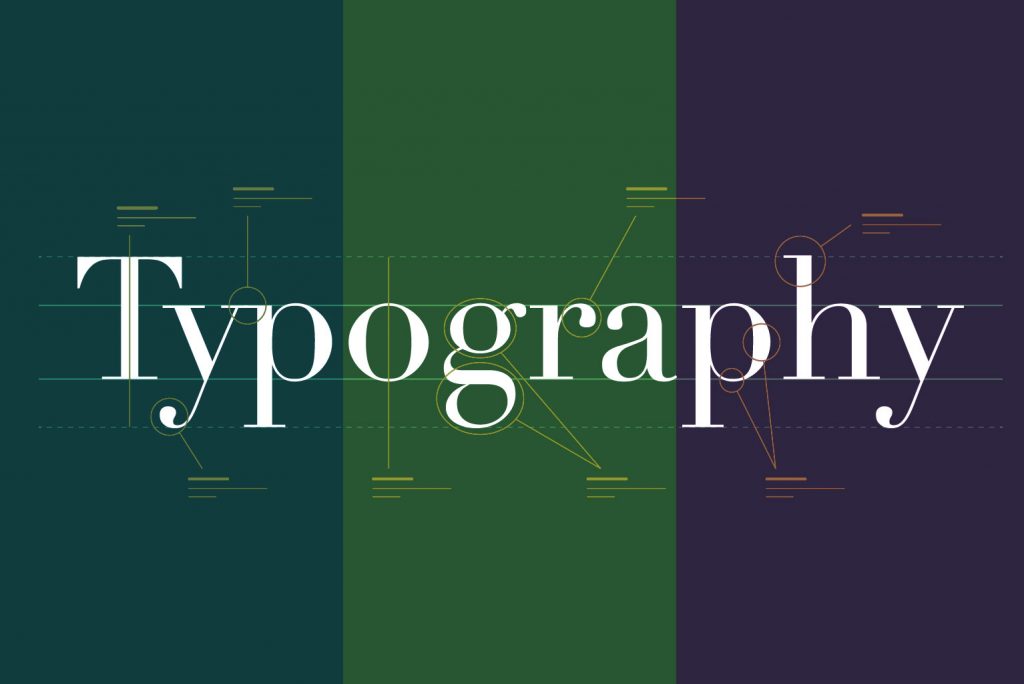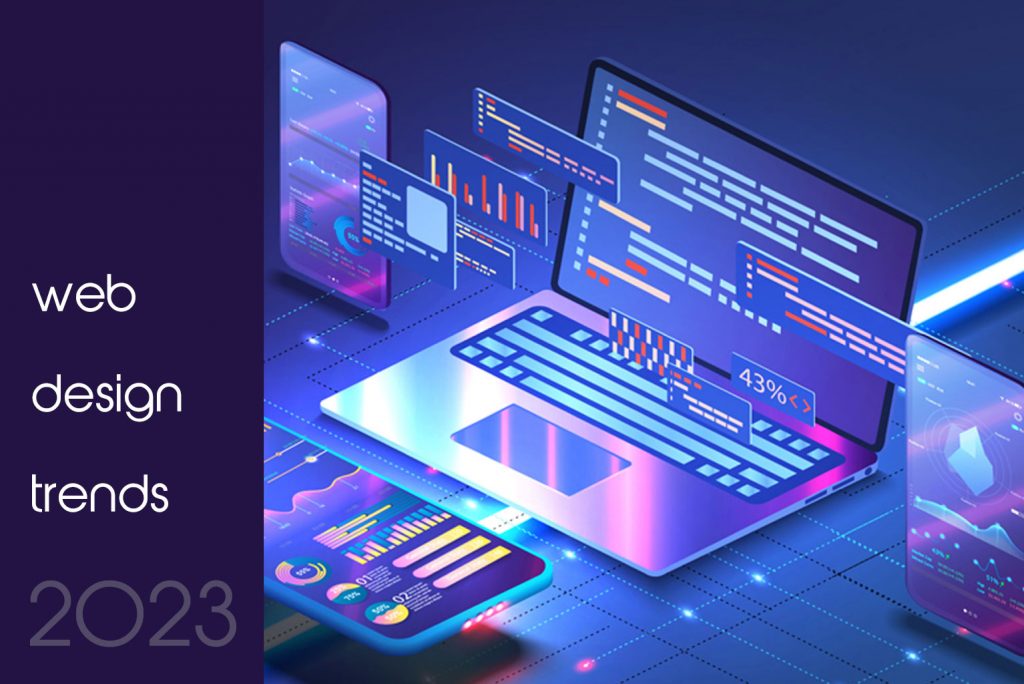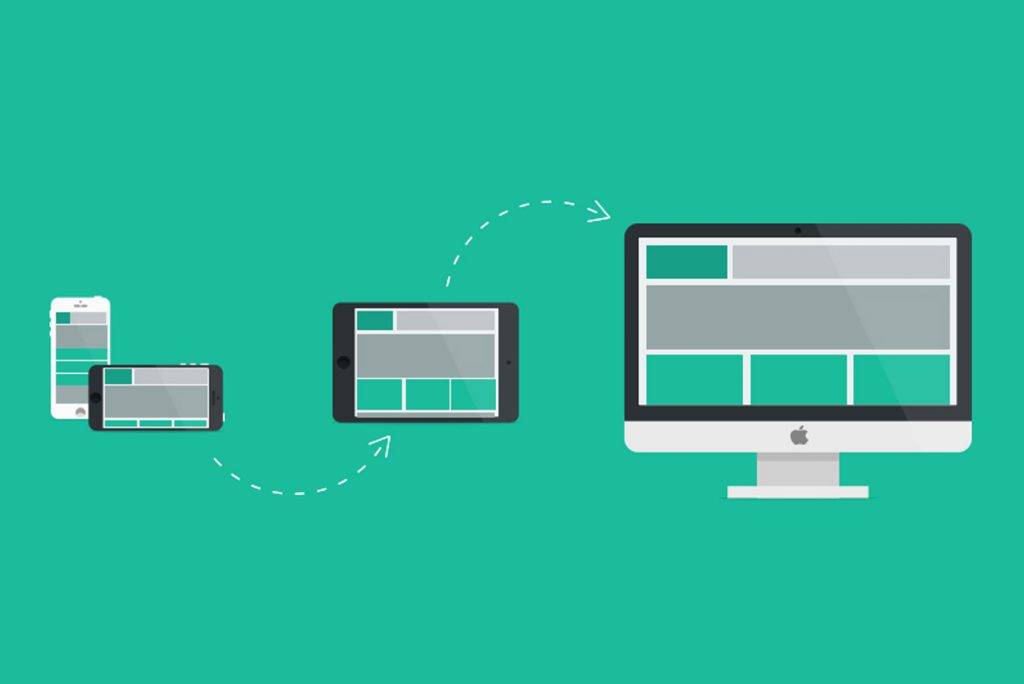The Internet has undergone an incredible transformation since its inception in the 1960s. From humble beginnings as a network of academic and research computers, it has grown to become an integral part of our daily lives. One of the most important changes the Internet has undergone is the evolution of web design. This essay examines the history and evolution of web design, highlighting the major trends and innovations that have shaped web design today.
The early days of the Internet were characterized by text-based interfaces. The website consisted of simple HTML code and was basic, static and unappealing. Little emphasis was placed on aesthetics or user experience, and most sites were designed purely for functionality. This changed with the introduction of the first web browsers in the mid-1990s. Web designers started experimenting with graphics, images, and even more advanced HTML and CSS code. This was the beginning of what is now called modern web design. The first generation of dynamic websites emerged in the late 1990s and early 2000s. This was the era of Flash animations (a past personal favorite), GIFs and Javascript. Web designers began experimenting with more complex design elements such as multimedia content and interactivity.
The introduction of Cascading Style Sheets (CSS) in 1996 gave us more control over how websites are rendered. This was an important development in web design as it allowed designers to separate content from presentation, making websites more flexible and scalable. By the mid-2000s, web design had evolved significantly. The designer has created his website with advanced features such as online store (e-commerce), social media integration and multimedia gallery. The introduction of responsive web design in 2010 marked another significant turning point. With the proliferation of smartphones and tablets, web designers had to find ways to make their websites accessible and functional on small screens. Responsive design allows websites to adapt to different screen sizes and resolutions, allowing users to access them from any device.
Recent years have seen the emergence of new design trends such as minimalism, flat design, and card-based layouts. Minimalism in particular is very popular, with many designers opting for simple, clean and uncluttered designs. helps attract to Flat design, on the other hand, is a design style that emphasizes simplicity, clarity, and ease of use. It features bright colors, simple shapes, and clean typography. We can expect further development of web design in the future. With the advent of new technologies such as artificial intelligence (AI) and virtual and augmented reality (VR and AR), web designers have even more tools at their disposal. We can expect to see more immersive and interactive websites that take advantage of these new technologies. New design trends can also emerge as web designers continue to experiment with new ideas and techniques.
In summary, web design has come a long way since the dawn of the internet. It has undergone an amazing transformation from a simple text-based interface to a complex multimedia website. As the Internet evolves, designers continue to push the boundaries of what’s possible, so we can expect further developments in web design. Whatever the future holds, one thing is certain: web design will continue to play a key role in how we interact with the digital world.





